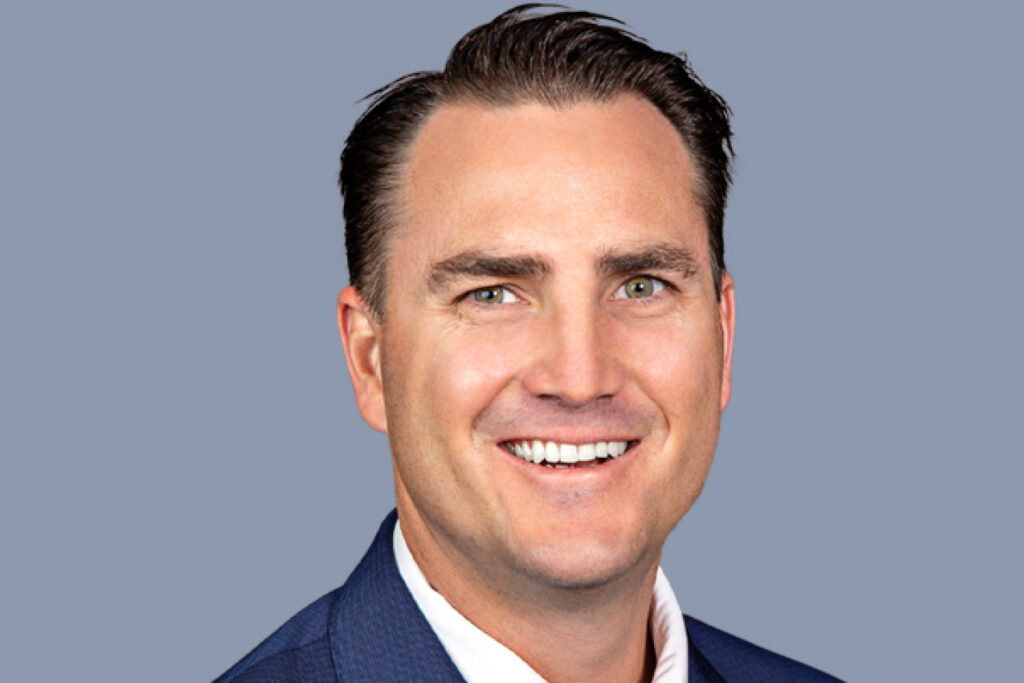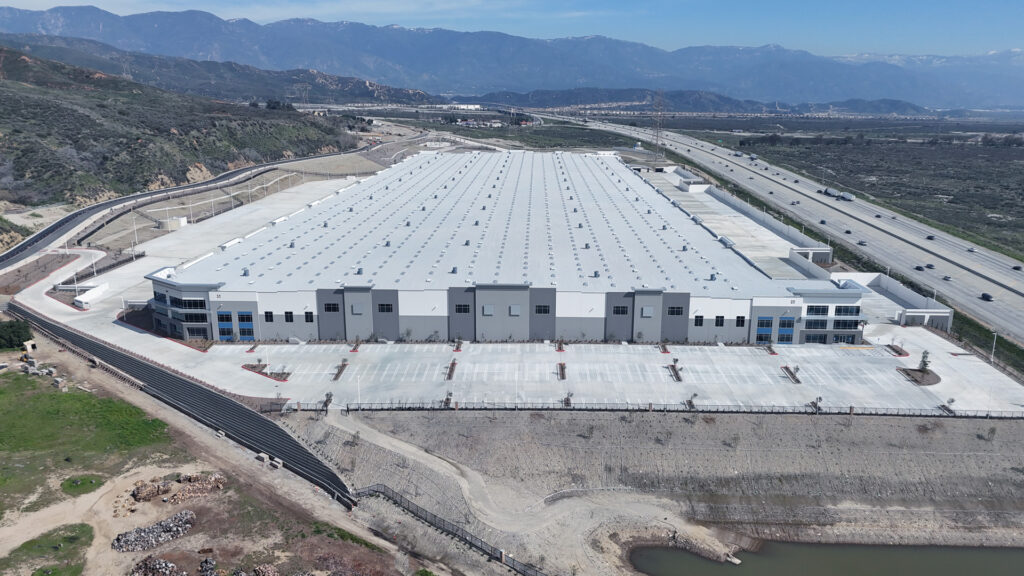Southern California is one of the most expensive and premier markets for industrial real estate in the country, but like with every other sector, the spreading coronavirus has shifted the landscape.
However, CapRock Partners, a private investment and development firm, recently closed more than $180 million in funding for CapRock Partners Industrial Value-Add Fund III, which will be used to expand its industrial portfolio on the West Coast. CapRock hopes to take advantage of the e-commerce market’s ability to withstand a downturn, and the region’s proximity to the Ports of Los Angeles and Long Beach.
While many firms and investors are hitting the pause button until the economy can recover, the Newport Beach-based firm is making moves and hoping to lead a buyer’s market. Jon Pharris, co-founder and president of CapRock Partners, talked with Commercial Observer about how the firm’s strategy has put them in a strong position despite a global pandemic.
Commercial Observer: CapRock anticipates demand for industrial to continue, and you said it could become more of a buyer’s market. Can you talk about some of the opportunities that you’re hoping to see and what your expectations are with this fund?
Jon Pharris: This fund only targets industrial assets, and primarily focused on the middle-market, which we would generally define as assets valued between $15 million and $50 million, and there’s some exceptions to that. Also, all we do is focus on the western United States, so, specifically California, Arizona and Nevada – that’s our core focus.
As it relates to the opportunity, the industrial market had significant tailwinds even before the pandemic. But I think the COVID-19 pandemic is going to accelerate additional demand drivers for industrial real estate. Of those demand drivers, the obvious one is e-commerce with retail being shut down. Online shopping has increased, and the penetration and percentage of online shopping has increased. We don’t think that’s going to stop once traditional malls and brick-and-mortar retail opens up. We think that structural shift [in consumer behavior], which was already in process, has only been accelerated.
You’re thinking that even after malls and shopping centers open up, consumer behaviors are going to be changed permanently, which will continue that push toward e-commerce as well?
Yes, even before the pandemic, studies showed that when somebody gets comfortable buying online, they tend to buy more of their purchases online, and they enjoy the convenience. And malls will reopen, but for many of them, opening will look different. How long will it take for people to feel comfortable going back into an improved mall space, especially when there’s the convenience of going online and getting whatever you want delivered to your door?
CO: What else gives you this confidence?
Pharris: We also think companies are going to want to have additional inventory on-hand, rather than focusing on just-in-time delivery systems. We think having a resilient supply chain rather than just-in-time management systems, and having that additional inventory on hand, is going to be another demand driver. And according to some reports, if you have just an additional 5-percent increase in inventory – which really does not seem like that much – that could result in up to 700 million square feet of additional industrial demand.
CO: How else is the pandemic reshaping the market?
When you look at the landscape – and another demand driver that has the potential to help as a result in this pandemic – companies want to be in closer proximity to their supply chain. So, moving some of the manufacturing processes back to the Americas, whether that’s domestically or that’s Canada or South America or Mexico, we think that is a structural shift that was already occurring because it wasn’t cost-effective to have all your manufacturing in Asia even before this pandemic.
We think there’s a logical conclusion that it could result in some on-shoring. And if that does happen, then states closest to Mexico, or states with lower cost of production, lower construction costs, or state taxes are going to benefit. So Arizona, New Mexico, California, and then Nevada has low cost systems and low taxes. It could also be attractive to manufacturing if that occurs.
What’s been unusual about the industrial market, in light of other asset classes, is that demand hasn’t stopped during this pandemic. With hospitality, it’s clearly stopped; retail clearly stopped; multifamily is slowing down; with office, it clearly stopped. With industrial, demand and tenant interest and demand drivers behind industrial have not stopped.
But have you seen any deals put on hold since the economy has essentially been suspended? It doesn’t sound like you’ve seen any of that.
Since March 1, we have continued to have leases signed across our portfolio. We have exposure to large-scale, Fortune 1,000 product, because, in addition to our value-add platform, we also have a logistics platform, where we build big box industrial properties that are typically larger than 400,000 square feet. Across the company, we’ve seen almost every deal size is between roughly speaking, 100,000 square feet to 1 million square feet.
And the terms of those leases have not materially changed since the pandemic onset. I think industrial and data centers might be the only assets class that can say that. What has changed is that the overall process has elongated. It just has taken a longer amount of time from our initial RFP response to a signed lease. And that’s going to be expected because companies are facing so many other unknowns. But the process hasn’t changed, the dynamics for the tenants and the demand from tenants hasn’t changed, it’s just the overall length of time from start to finish has elongated.
You’re currently working on the Colony Commerce Center in the Inland Empire on behalf of Ivanhoe Cambridge. That’s part of your logistics development platform, and not part of the Value-add Fund III, but what’s the latest on that project?
That will be a 150-acre project, totaling approximately 3 million square feet of space. It’s built in two phases. The first was approximately 1.3 million square feet that was completed last month, in April. The second phase is currently under construction and that’s approximately 1.7 million square feet. Construction will be finished in the first quarter of 2021.
Originally published at https://commercialobserver.com/2020/06/industrial-caprock-pharris-market-opportunities-pandemic-coronavirus/.




